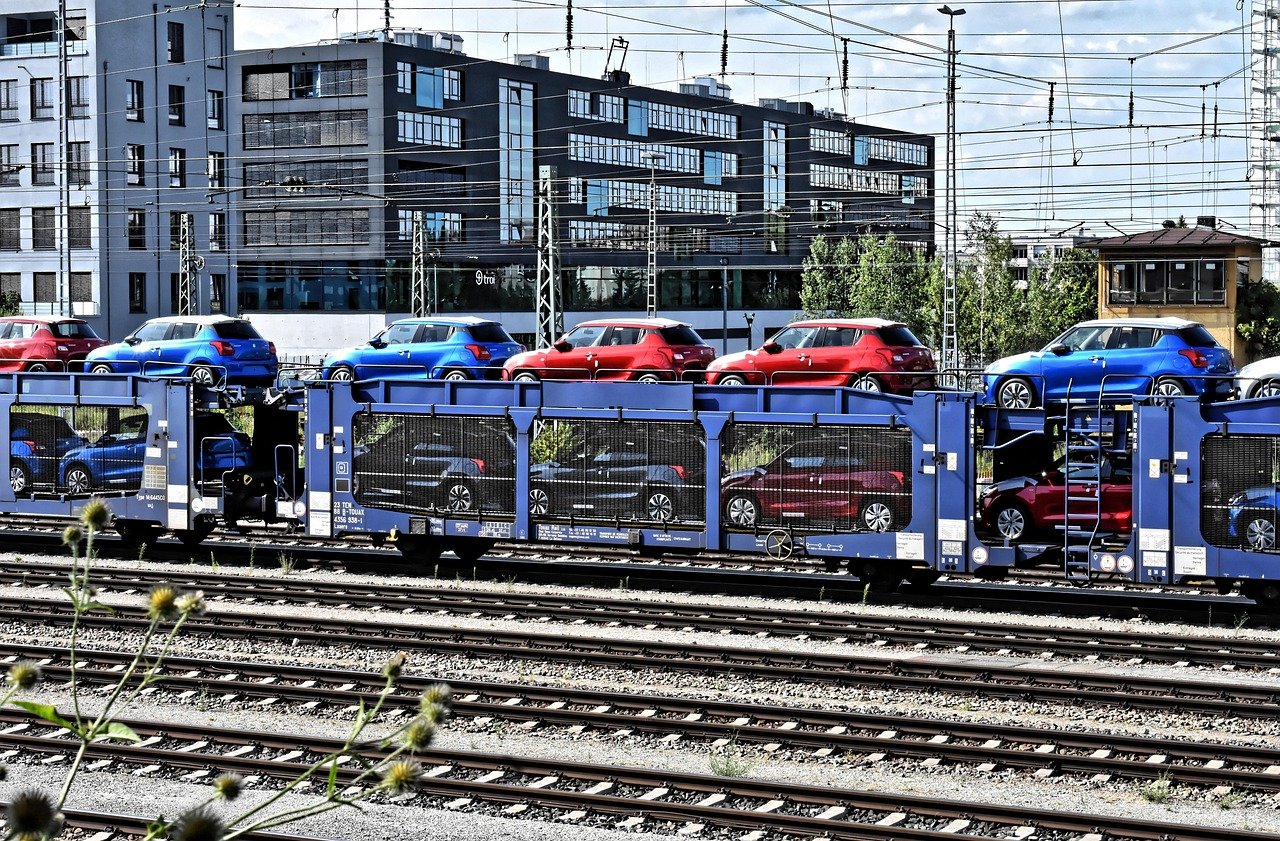What Is LTL Freight Consolidation?
LTL (Less-Than-Truckload) freight shipping is used when a shipment doesn’t require a full trailer. Freight consolidation takes that concept further by grouping multiple LTL shipments from different shippers heading toward a similar destination.
Instead of paying for unused truck space, businesses can split the cost of transportation, making it more efficient and economical. Think of it like carpooling for cargo.
How It Works:
- A logistics provider gathers multiple LTL shipments.
- These are consolidated into a single truckload.
- The truck travels to a regional distribution center.
- From there, freight is separated and delivered to final destinations.
This approach not only reduces your freight costs but also adds predictability to your shipping schedule.
1. Major Cost Savings: Why Sharing the Ride Makes Sense
Let’s face it: shipping costs can eat into your profit margins. Full truckload (FTL) shipments are pricey, especially when your freight doesn’t fill an entire trailer. That’s where LTL freight consolidation steps in.
Benefits at a Glance:
- Lower transportation costs: You pay only for the space your goods occupy.
- Reduced accessorial fees: Consolidated shipments often avoid extra charges like liftgate or residential delivery fees.
- Fewer damage claims: Consolidated freight moves less often between hubs, decreasing the chances of damage.
According to a study by the American Transportation Research Institute, transportation costs account for nearly 60% of total logistics expenses for companies. Consolidation can significantly reduce that burden.
2. Time Is Money: Faster Transit and Streamlined Logistics
You might assume that consolidating shipments could slow things down. But in practice, it’s often the opposite.
Because consolidated loads follow more optimized routes and make fewer stops, deliveries tend to be quicker and more predictable. This efficiency translates to better inventory management and happier customers.
Time-Saving Perks:
- Fewer handoffs: Reduces delays and risks of misplaced shipments.
- Optimized routing: Logistics providers use advanced software to map efficient routes.
- Improved delivery windows: Predictability means less downtime waiting for goods.
A survey by Statista showed that 67% of U.S. retailers consider delivery speed a top priority. In a competitive market, time saved is often business gained.
3. Eco-Friendly Shipping: Cutting Costs and Carbon
Here’s something you might not expect: freight consolidation isn’t just good for your bottom line—it’s good for the planet.
By reducing the number of partially filled trucks on the road, LTL freight consolidation lowers fuel consumption and emissions. According to the EPA, transportation accounts for nearly 29% of greenhouse gas emissions in the U.S.
Sustainability Highlights:
- Fewer trucks on the road: Less congestion, lower fuel use.
- Reduced carbon footprint: Smarter logistics equals greener operations.
- Better brand image: Consumers are paying attention to eco-conscious brands.
Sustainability isn’t just a buzzword. It’s a business strategy that resonates with customers and regulators alike.
4. Real-World Application: A Small Business Success Story
Take the case of a regional furniture company in Ohio. Before freight consolidation, they were sending out two to three partially filled trucks weekly. Not only was it expensive, but delivery delays were frustrating both customers and staff.
After switching to an LTL freight consolidation model with a third-party logistics (3PL) provider, their costs dropped by 28%, and on-time deliveries increased by over 40%. They also gained access to real-time tracking tools and better analytics, which helped them refine their supply chain.
This isn’t an isolated case. Businesses across industries—from electronics to apparel—are leveraging consolidation to stay competitive.
5. Choosing the Right Freight Consolidation Partner
Not all logistics providers are created equal. Choosing the right one can make or break your consolidation strategy.
Key Qualities to Look For:
- Experience with LTL networks
- Transparent pricing and communication
- Technology for real-time tracking and reporting
- Scalability to match your business growth
Check out providers like C.H. Robinson, XPO Logistics, or Freightquote by C.H. Robinson for solid starting points.
Frequently Asked Questions (FAQ)
What kinds of businesses benefit most from LTL freight consolidation?
Any business that ships regularly but doesn’t fill an entire truckload can benefit—especially e-commerce, manufacturing, retail, and B2B suppliers.
Is LTL freight consolidation more expensive than standard LTL shipping?
Not necessarily. While there might be additional coordination upfront, the long-term savings in transport costs, fewer accessorial fees, and reduced damage often outweigh any setup costs.
Can I still get tracking and updates with consolidated shipments?
Yes. Many providers offer full visibility, including real-time tracking, estimated delivery times, and status notifications.
Are there size or weight limits for consolidated shipments?
Each carrier has different thresholds, but most LTL providers can handle palletized freight up to several thousand pounds per shipment.
How do I get started with LTL freight consolidation?
Partner with a reputable 3PL or freight broker. They’ll evaluate your shipping volume, frequency, and destinations to design a custom consolidation solution.
Final Thoughts: Smarter Shipping Starts Here
LTL freight consolidation is more than a logistics tactic—it’s a strategic move. By making smarter use of transportation resources, you can save money, improve delivery performance, and boost your sustainability credentials.
In today’s fast-paced supply chain environment, every dollar and every day counts. If you’re ready to level up your logistics game, now’s the time to explore LTL freight consolidation.





